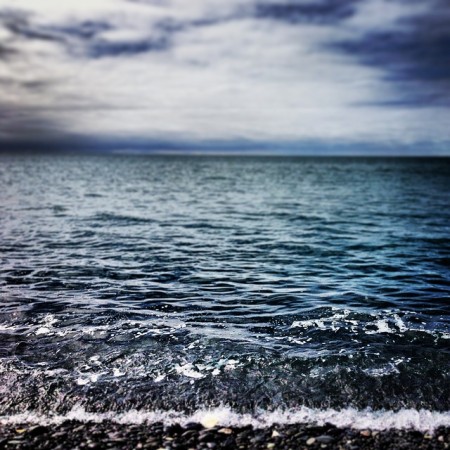“In pre-industrial times the ocean’s pH was 8.2. It has already gone down to 8.1,” says Pelejero. “Depending on what we do, it will reach an average of 7.8 or 7.7 by 2100. It hasn’t been that low for 55 million years.”
Pelejero leads part of the ICM’s marine biogeochemistry research, but his field is even more specific: marine paleo-reconstruction. You might call it seabed archaeology; it uses drills to take samples from deep in the sediment at the bottom of the ocean. Scientists can use those samples to work out how the geochemistry of sea creatures has changed over the millennia. Pelejero started in this business in the mid-1990s, using the remains of plankton in the sediments on the ocean floor to determine historic sea surface temperatures.
In 1998, while studying a graph at a conference, Joanie Kleypas, an American biologist working on coral reefs, had a eureka moment. When she realised that the lowered alkalinity at the end of the 21st century would in effect corrode the calcium carbonate foundation of the reefs to destruction, she was so horrified she left the room to be sick. Her paper, published in the journal Science in 1999, was an alarm call. Other scientists quickly dubbed the effect “ocean acidification”– although the seas would not actually turn to acid, the phrase, they reckoned, would emphasise the urgency and get action. Coral reefs are necessary to an estimated 25 per cent of all marine life, including 4,000 species of fish. They are the rainforests of the sea.
Around the same time, Pelejero’s colleagues turned their core-sampling techniques to work out how the ocean and its animals behaved long ago, when the water pH was lower. What they found was horrifying.
(Read the rest of the story here…)
